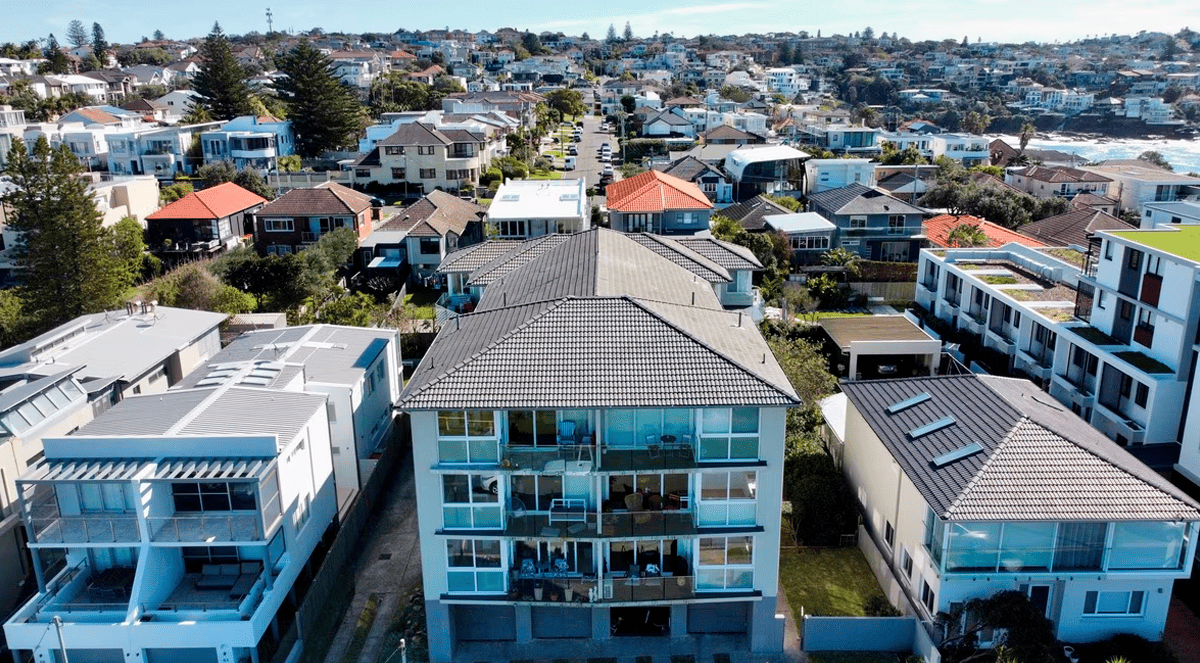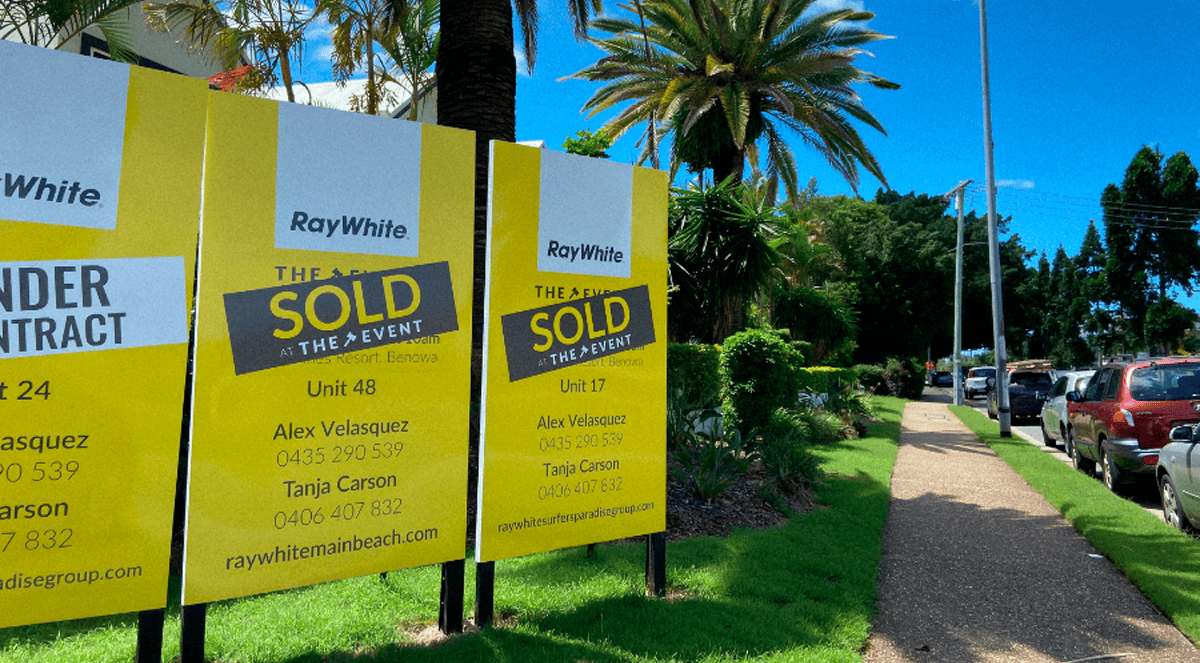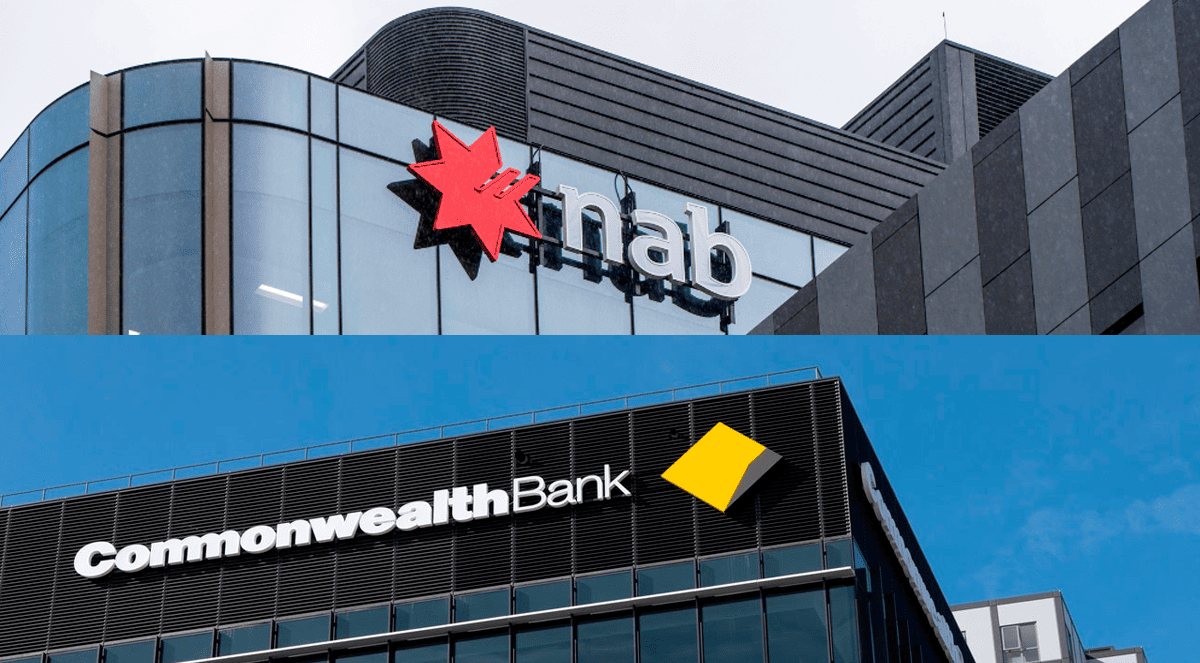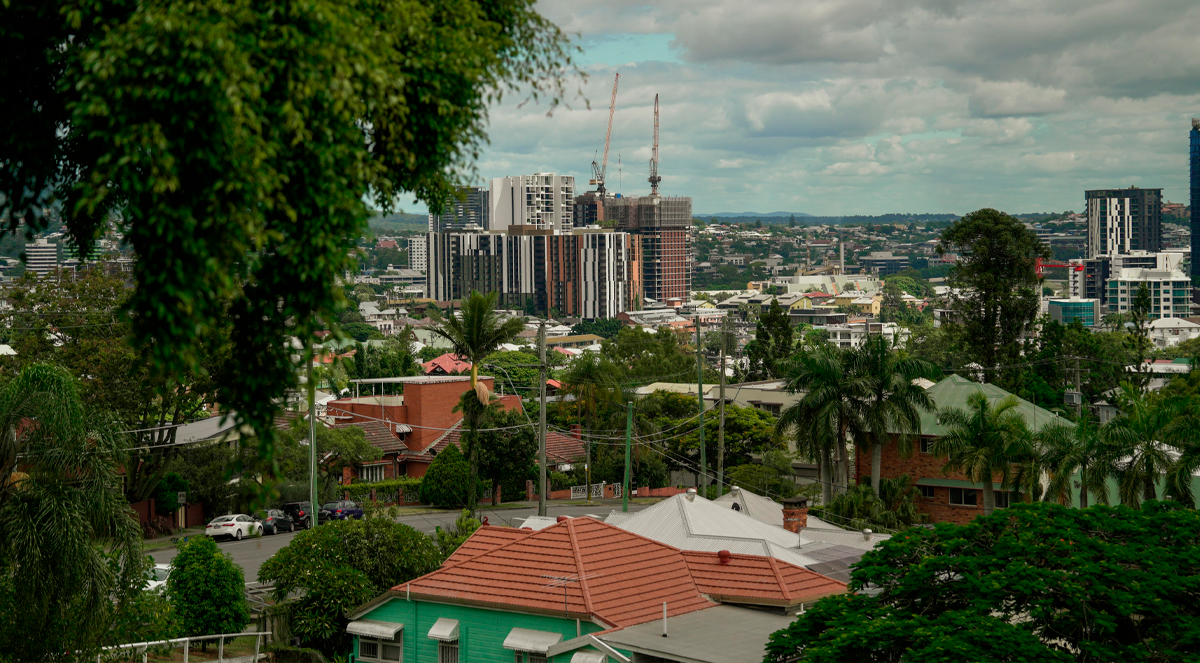Features > Property News & Insights > Market updates
Property prices hit new highs across capital cities: Domain
.png)
KEY POINTS
- Domain Group says all capital cities recorded gains in both house and unit prices for the first time in years, marking a strong rebound in the June 2025 quarter
- The upswing, driven by interest rate cuts, lifted median property prices to new all-time highs across the combined capital cities - led by Sydney and Melbourne
- Another anticipated RBA rate cut in August could add further fuel price growth heading into the Spring selling season
Australia’s housing market has surged into a new financial year with a broad-based price upswing, fuelled by rate cuts from the Reserve Bank of Australia.
New data from Domain Group for the June quarter of 2025 shows there have been simultaneous house and unit price gains in every capital city – a rare milestone not seen in four years for houses and two years for units.
The figures confirm the property market rebound has accelerated into the middle of 2025, pushing median prices in Domain’s combined capital cities measure to new all-time highs.
The details
Domain says the RBA’s recent shift to an interest rate cutting cycle has lifted borrowing capacity for buyers and reignited demand – particularly in east coast markets like Sydney, Melbourne and Brisbane, where population growth continues to outpace the national average.
“Improved borrowing power – up about 5% since January – has met stubbornly low listings, intensifying competition and pushing prices higher,” says Domain’s latest House Price report.
Domain says Sydney and Melbourne led the June-quarter rebound in house prices, recording their fastest quarterly growth in two and three-and-a-half years, respectively.
In the three months of the June quarter, Sydney’s median house price rose by $43,882 to a new median of $1.72 million, while Melbourne rose by $23,585 to $1.064 million.
“Sydney continues to hit new realms, it’s on that pathway this financial year to bridge that $1.8 million mark,” says Domain’s Chief of Research and Economics, Dr Nicola Powell.
“In Melbourne, there’s a dual aspect, buyers are reacting to the reduction in the cash rate but also an undervalued market,” she says.
Another increase of $29,000 in Melbourne’s median house price would see the city pass the peak it reached in December 2021, at the height of the Covid property boom.
“That in itself will create urgency amongst some buyers,” Dr Powell says.
“Buyers want to purchase now while the value is still there because it’s not going to be around for long.”
Canberra and Hobart also returned to positive territory in the June quarter, with the ACT posting its strongest gain in 15 months and Hobart marking a more than three-year high.
However, the pace of growth is moderating in the previously high-flying mid-tier capitals.
Adelaide’s house price growth has slowed to a two-year low, while Brisbane’s quarterly gains are now half the pace seen a year ago.
Perth’s momentum has cooled even more sharply – its latest increase was just a quarter of the growth seen in the same period last year.
Nicola Powell says the report highlights house price growth is shifting from these affordability-driven markets to interest rate-sensitive markets.
“This house price report paints that picture because we’ve seen the strongest rebound in price occurring in Sydney and Melbourne based on those rate cuts,” she says.
Unit prices make a comeback
Momentum is also shifting in the unit market, with all capitals posting positive growth in the June quarter – and most accelerating.
While Darwin led the charge with an astonishing 5.6% leap, Melbourne saw its fastest unit price growth in two years, followed by strong showings in Canberra and Sydney - both hitting their highest quarterly gains in nearly two years.
Domain says the renewed interest in units is partly a response to affordability constraints in the detached housing sector and the resurgence of investor activity, which typically favours medium-density and high-density dwellings.
Prices surge despite economic uncertainty
Domain says what’s unusual about this housing resurgence is that it’s happening against a backdrop of continued economic uncertainty.
Consumer sentiment remains fragile, and many households are still grappling with high mortgage burdens and cost-of-living pressures.
Interest rates, though easing, are still elevated compared to pre-pandemic levels, and wage growth, while improving, has only recently begun to outpace inflation.
Despite these headwinds, property price growth is defying expectations – and some observers warn the strength of the rebound could reawaken regulatory concerns from bodies like the Australian Prudential Regulation Authority (APRA).
Domain’s House price report cautions that with investor lending rising, APRA may consider introducing limits on debt-to-income or on interest-only loans.
Supply shortages
Domain says that perhaps the most significant driver of upward pressure on prices is the lack of new housing supply.
At the current rates of approving, commencing and completing new homes, supply shortfalls are expected to worsen, particularly in major urban centres.
Domain’s report says that without a significant increase in construction activity, property values – especially in well-located suburbs near transport and amenities – are likely to keep growing.
With financial markets pricing in another RBA rate cut as early as August, Domain says this could inject further energy into the market just ahead of the traditionally busy Spring selling season.
Stay Up to Date
with the Latest Australian Property News, Insights & Education.




.png?width=292&height=292&name=Copy%20Link%20(1).png)
 SIGN UP FOR FREE NEWSLETTER
SIGN UP FOR FREE NEWSLETTER





.jpg?width=1920&height=1080&name=Warning%2c%20You%20Might%20Be%20Facing%20Higher%20Taxes%20Soon%20(1).jpg)





.png?width=1920&height=1080&name=Rate%20Drops%20Signal%20BIGGEST%20Property%20Boom%20in%20DECADES%20(1).png)

.jpg?width=1920&height=1080&name=Labor%20vs%20Liberal%20These%20Housing%20Policies%20Could%20Change%20the%20Property%20Market%20Forever%20(1).jpg)
.jpg?width=1920&height=1080&name=QLD%20Slashes%20Stamp%20Duty%20Big%20News%20for%20Investors%20%26%20Home%20Buyers%20(1).jpg)
.jpg?width=1920&height=1080&name=Trump%20Just%20Slapped%20Tariffs%20%E2%80%93%20Here%E2%80%99s%20What%20It%20Means%20for%20Australia%20(1).jpg)
.jpg?width=1920&height=1080&name=Federal%20Budget%202025%20More%20Debt%2c%20No%20Housing%20%E2%80%93%20Here%E2%80%99s%20What%20You%20Need%20to%20Know%20(1).jpg)
.jpg?width=1920&height=1080&name=Australias%20Housing%20Crisis%20is%20about%20to%20get%20MUCH%20Worse%20(New%20Data%20Warns).jpg)
%20(1).jpg?width=1920&height=1080&name=Australias%20RENTAL%20CRISIS%20Hits%20ROCK%20BOTTOM!%20(2025%20Update)%20(1).jpg)
%20(1).png?width=1920&height=1080&name=Is%20Adelaide%20Still%20a%20Good%20Property%20Investment%20(2025%20UPDATE)%20(1).png)
.jpg?width=1920&height=1080&name=RBA%20Shocks%20with%20Rate%20Cuts!%20What%E2%80%99s%20Next%20for%20Property%20Investors%20(1).jpg)
%20(1).jpg?width=1920&height=1080&name=I%20Predict%20The%20Feb%20Rate%20Cut%20(My%20Price%20Growth%20Prediction)%20(1).jpg)
.png?width=1920&height=1080&name=Why%20Property%20Prices%20Will%20Rise%20in%202025%20Market%20Predictions%20(1).png)
.jpg?width=1920&height=1080&name=Why%20Investors%20Are%20Choosing%20Apartments%20Over%20Houses%202%20(1).jpg)
.jpg?width=1920&height=1080&name=Why%20Rate%20Cuts%20Will%20Trigger%20A%20Property%20Boom%20(1).jpg)
.jpg?width=1920&height=1080&name=Retire%20On%202Million%20With%20One%20Property%20(Using%20SMSF).jpg)
.jpg?width=1920&height=1080&name=4%20Reasons%20Why%20You%20Should%20Invest%20in%20Melbourne%20Now%20(1).jpg)
%20(1).jpg?width=1920&height=1080&name=Old%20Property%20vs%20New%20Property%20(Facts%20and%20Figures%20Revealed)%20(1).jpg)
%20(1).jpg?width=1920&height=1080&name=Will%20The%20New%20QLD%20Govt%20Create%20a%20Property%20Boom%20or%20Bust%20(My%20Prediction)%20(1).jpg)
%20Scott%20Kuru%20(1).jpg?width=1920&height=1080&name=Inflation%20Hits%20Three-Year%20Low%20(Will%20RBA%20Cut%20Rates%20Soon)%20Scott%20Kuru%20(1).jpg)
.jpg?width=1920&height=1080&name=How%20to%20Buy%20Investment%20Property%20Through%20SMSF_%20The%20Ultimate%20Guide%20(1).jpg)
.jpg?width=1920&height=1080&name=Victoria%20Slashes%20Stamp%20Duty%20Melbourne%20Set%20to%20Boom%20Scott%20Kuru%20(1).jpg)
.png?width=1571&height=861&name=Are%20Foreign%20Buyers%20Really%20Driving%20Up%20Australian%20Property%20Prices%20(1).png)
.jpg?width=1920&height=1080&name=The%20Single%20Factor%20That%20Predicts%20Property%20Growth%20Regions%20(1).jpg)
%20Scott%20Kuru%20(1).jpg?width=1920&height=1080&name=My%20Prediction%20On%20Rates%20%26%20Negative%20Gearing%20(Market%20Crash)%20Scott%20Kuru%20(1).jpg)

-1.png?width=1920&height=1080&name=Major%20Banks%20Cut%20Rates%20Will%20RBA%20Follow%20Suit%20(Sept%20Rate%20Update)-1.png)
%20Scott%20Kuru-1.png?width=1920&height=1080&name=Rate%20Cut%20Coming%20What%20New%20Zealands%20Move%20Means%20for%20Australia%20(Sept%20Prediction)%20Scott%20Kuru-1.png)
%20(1).jpg?width=1920&height=1080&name=Buy%20when%20the%20interest%20rates%20are%20high!%20(Why%20you%20must%20buy%20now!)%20(1).jpg)
.jpg?width=1920&height=1080&name=Carms_Revised%20Taxes%20Due%20Aug%209%20YT%20Thumbnail02%20(1).jpg)
.jpg?width=1920&height=1080&name=Carms_Too%20Little%20Too%20Late%20Aug%207%20YT%20Thumbnail01%20(1).jpg)









.jpg?width=1920&height=1080&name=Carms_Rate%20Drop%20In%20July%20Jun%2010%20YT%20Thumbnail02%20(1).jpg)
.jpg?width=1920&height=1080&name=Carms_Own%20a%20Property%20V6%20Jun%205_YT%20Thumbnail%20(1).jpg)









.png?width=1920&height=1080&name=Artboard%201%20(3).png)






.jpg?width=1920&height=1080&name=YT%20thumbnail%20%20(1).jpg)

